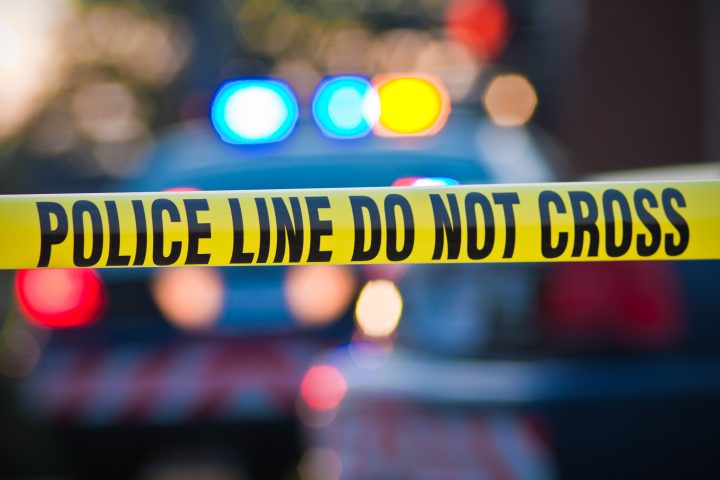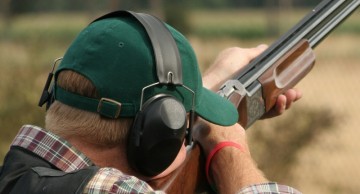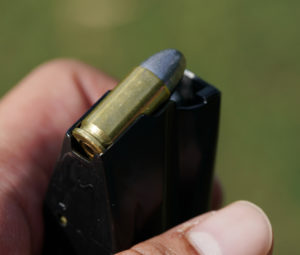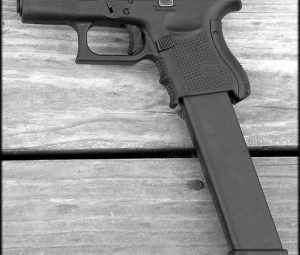What to Know in an Active Shooter Situation
Be prepared, because it can happen anywhere.

According to the FBI, the years 2014 and 2015 combined saw 20 active shooter incidents in the United States. Ten years ago, for the 2004-2005 period, active shootings numbered six. An active shooter situation is when an individual is actively engaged in killing or attempting to kill people in a populated or confined area.
Throughout the dialogue, and in the aftermath of some of America’s worst active shooter tragedies, discussion turns to whether or not an armed civilian could have mitigated the death, injury and destruction. In a perfect world these tragedies would never occur. The next best scenario would be for someone to disable the shooter the moment the threat is presented. But even for a well-trained, well-practiced carrier, attempting to disable an active shooter is infinitely dangerous for the carrier and innocent bystanders.
As always, situational awareness should be paramount: Be cognizant of exits and potential safe spaces whenever carrying.
If you should find yourself in an active shooter situation, protect yourself and your family by first leaving the immediate area. If you are in a building, try to exit. If you are in a more open environment, seek cover.
Get to a place away from the shooting and call 911 immediately. They may already be on their way, but never take that for granted. Law enforcement and emergency medical must be called. If you do engage, law enforcement needs to know you have a gun and that you are acting in self-defense. Provide a description of yourself and your gun; let them know where you are located. Here’s an article about “3 Steps You Must Take After a Self-Defense Incident.“
Keep in mind that when law enforcement arrives and there is an active gun battle in play, they may not be able to distinguish you from the attacker. This is a highly dangerous situation and you should carefully weigh the risk to yourself and others.
If you do intend to defend yourself with your gun, you must be aware of bystanders and potentially putting them in further danger. Obviously you will try to find a barricade or cover to protect yourself while you engage. The element of surprising the assailant will be to your benefit, hopefully throwing him off guard and taking his attention away from the attack.
Although extremely rare, this risky scenario is one most who carry have considered. Most of us are sure we would try to disable the assailant, but the peril is serious. The fact is that so many variables are play. If you truly want to be prepared for this scenario, consider taking advance training from a highly regarded professional.












